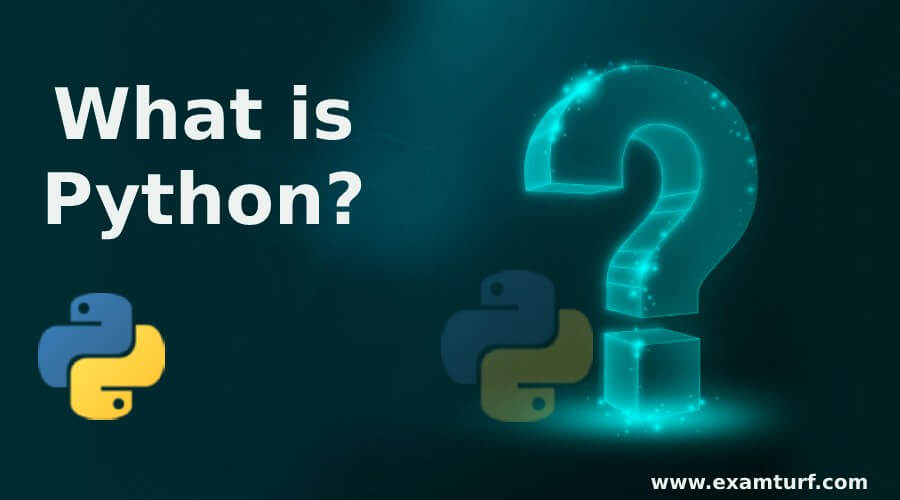
Introduction To Python
In terms of programming language Python is an interpreted, general-purpose, high-level programming language. Language first appeared 30 years ago in 1991, it was developed by Guido van Rossum. Python provides awesome code readability, and nowadays it is used widely by programmers and developers all across the world.
Python Language: As we know it is a high-level programming language that means a person can understand it easily. It is easy to learn and use, it’s just like you are giving instructions in English. It requires fewer numbers of lines of code compared to other programming languages. It is an interpreted language that is one can execute one line of the code after the other one, and can easily be debugged.
Advantages Of Python Language
Given below are the advantages mentioned:
Python code has quite a good readability and has many features like object-oriented, dynamic, high-level, portable, and interactive. It incorporates a diversified portfolio in terms of programming be it game development, web frameworks, graphic design, or language development. Some of its advantages are as below:
- Extensive Library Support: One can use libraries that are used for string operations, Internet, operating system interface, and web-service tools. In Data Science and Machine Learning, it has many libraries which make it most famous among Data Scientist and Machine learning engineers.
- Productivity: It has strong integration features & unit testing frameworks which enables increased speed for most of the application and its productivity. It is good for scalable network applications.
- Integration Components: It has the capability to integrate enterprise applications, which enables invoking COM and COBRA components from web services.
- Community Development and Open Source: It is free and can be distributed even for commercial purposes. Communities from all around the world are collaborating in its development. This simply is awesome.
- Friendly Data Structures: It has built-in data structures like lists. Tuple, dictionary which can be used for fast runtime. It also provides provisions for dynamic high-level data typing.
Latest Version Of Python
Given below are the latest version mentioned:
- Since its inception python has released numerous versions the latest version for python as of now is 3.9.1 which was released on Dec 7, 2020.
- It also has released preview version 3.10.0a3 on the same day.
Features Of Python
Given below are the features of python:
- Easy to Code: It is like giving instruction in English it is that easy to write. It is user-friendly and anyone can learn it in a couple of days. There are lots of sources available online today to learn the language.
- GUI Support: It supports Graphical User Interface, it can add flair to your code make results more visual. It can support many GUIs easily.
- Free and Open-Source: It is freely available and has community development support which is making it more popular among programmers.
- High level and Integrated: When coding with python programmers don’t have to worry about coding structure and memory management python does it internally without explicit directions.
- Extensive Library Support: It has support from many inbuilt and open source libraries which makes it adaptable and keeps up the pace with new inventions.
- Supports Other Languages: It is built-in on C language, it supports execution of codes written in other languages like C, C , or java.
Conclusion
It is widely used today in almost all areas of programming or can support them. In this article, we have discussed many advantages of python, which makes it a desirable choice for programming. Also, it is easy to learn and adopt.
Recommended Articles
This is a guide to What is Python? Here we also discuss the definition of python language, advantages of python language, latest version along with its different features. You can also go through our other suggested articles to learn more-
Are you preparing for the entrance exam ?
Join our Python test series to get more practice in your preparation
View More